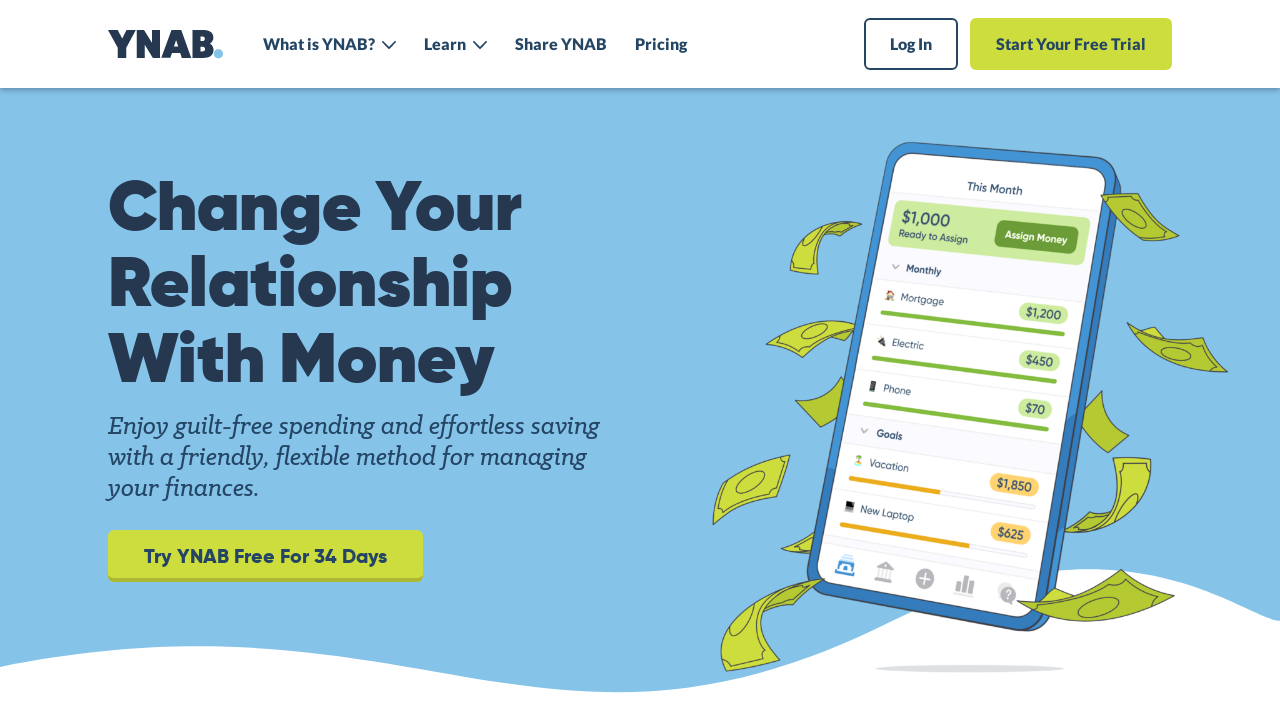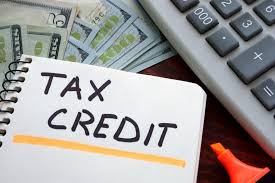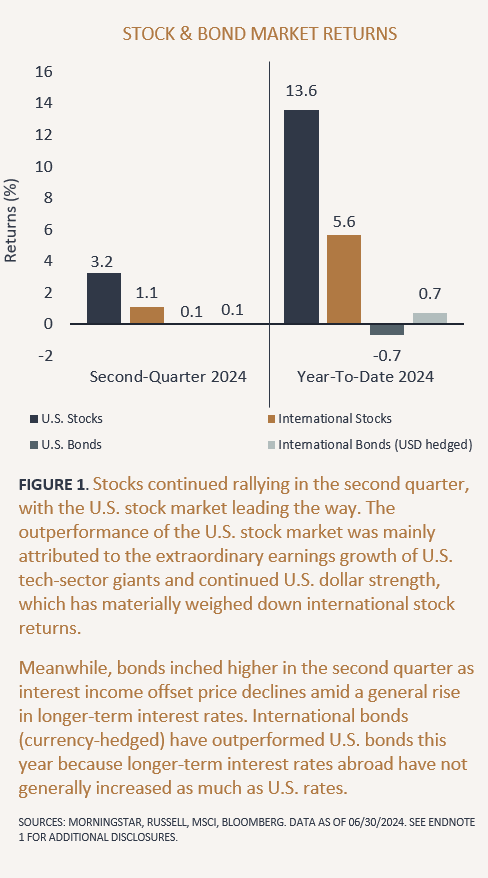Budgeting is the foundation of financial success. Whether you’re trying to pay off debt, save for a big purchase, or simply gain better control over your money, a well-structured budget can be your best tool. Many people struggle with budgeting because they view it as restrictive, but in reality, a budget is a roadmap to financial freedom. By learning how to budget like a pro, you can reduce stress, eliminate unnecessary expenses, and make your money work for you.
Why Budgeting Matters
A budget isn’t just about limiting spending—it’s about empowering yourself to make informed financial decisions. Here’s why budgeting is crucial:
- Gives Financial Clarity – Knowing exactly where your money is going prevents surprises and helps you plan effectively.
- Reduces Stress – Financial uncertainty is one of the leading causes of stress. A budget helps you regain control.
- Prepares for Emergencies – Unexpected expenses can throw your finances into chaos. A well-planned budget includes an emergency fund.
- Helps You Reach Financial Goals – Whether it’s buying a home, traveling, or retiring early, a budget helps you achieve your dreams.
- Eliminates Unnecessary Spending – By tracking expenses, you can cut back on wasteful spending and redirect money to more important goals.
Step-by-Step Guide to Budgeting Like a Pro
1. Assess Your Current Financial Situation
Before creating a budget, you need to understand where you currently stand financially. Start by:
- Listing all your income sources, including salary, side hustles, or passive income.
- Reviewing your expenses, both fixed (rent, mortgage, insurance) and variable (entertainment, dining out, subscriptions).
- Checking your debts and setting a plan to pay them off strategically.
Use tools like budgeting apps, spreadsheets, or financial software to track your money flow.
2. Set Clear Financial Goals
Your budget should align with your short-term and long-term financial goals. Some common goals include:
- Short-Term: Paying off credit card debt, saving for a vacation, building an emergency fund.
- Long-Term: Buying a house, starting a business, saving for retirement.
Prioritize goals based on importance and feasibility. A good rule of thumb is to set SMART goals (Specific, Measurable, Achievable, Relevant, Time-bound).
3. Choose a Budgeting Method That Works for You
There’s no one-size-fits-all budget. Pick a strategy that fits your lifestyle:
- 50/30/20 Rule:
- 50% on necessities (rent, utilities, groceries).
- 30% on wants (dining out, shopping, entertainment).
- 20% on savings and debt repayment.
- Zero-Based Budget:
- Every dollar is assigned a purpose—income minus expenses should equal zero.
- Great for those who want complete control over every expense.
- Envelope System:
- Allocate cash to different spending categories. Once an envelope is empty, you can’t spend more in that category.
- Works well for people who struggle with overspending.
- Automated Budgeting:
- Use apps like YNAB, Mint, or Personal Capital to automate budget tracking and goal-setting.
4. Track Your Expenses Religiously

Many people fail at budgeting because they don’t track their spending. To avoid this mistake:
- Use budgeting apps that sync with your bank account.
- Keep receipts and review expenses weekly.
- Categorize expenses to identify areas where you can cut back.
5. Cut Unnecessary Expenses
If you find yourself overspending, look for ways to trim your budget:
- Cancel unused subscriptions – Check your bank statements for recurring charges.
- Cook at home – Eating out regularly adds up quickly.
- Shop smarter – Use cashback apps, coupons, and discounts.
- Find affordable alternatives – Switch to lower-cost services (gym memberships, phone plans, etc.).
6. Build an Emergency Fund
Life is unpredictable, and financial emergencies can arise at any moment. Set up an emergency fund to cover unexpected expenses like medical bills, car repairs, or job loss.
- Aim to save at least 3-6 months’ worth of expenses in a high-yield savings account.
- Start small—saving even $10 a week can build up over time.
7. Reduce and Eliminate Debt
Debt can cripple your finances if not managed wisely. Follow these strategies to pay off debt faster:
- Snowball Method: Pay off the smallest debt first, then move to larger ones.
- Avalanche Method: Pay off the highest-interest debt first to minimize total interest paid.
- Debt Consolidation: Consider refinancing loans for lower interest rates.
Avoid accumulating new debt by living within your means.
8. Automate Savings and Bill Payments
Setting up automatic transfers ensures that saving and bill payments happen without effort.
- Direct deposit into savings accounts before you have a chance to spend.
- Automate bill payments to avoid late fees.
- Increase retirement contributions with every raise.
9. Review and Adjust Your Budget Monthly
A budget isn’t static—it should evolve as your income and expenses change. At the end of each month:
- Compare actual spending with your budget.
- Identify problem areas and make necessary adjustments.
- Celebrate progress on your financial goals.
10. Stay Consistent and Keep Learning
Budgeting is a habit, and consistency is key. Keep learning about personal finance by:
- Reading books like “The Total Money Makeover” by Dave Ramsey or “Your Money or Your Life” by Vicki Robin.
- Following financial blogs, podcasts, and YouTube channels.
- Seeking advice from a financial advisor if needed.
Final Thoughts
Budgeting like a pro isn’t about restricting yourself—it’s about gaining financial freedom. By following these steps, you’ll have more control over your money, reduce financial stress, and build a future of financial security. The key is to start today, stay disciplined, and adjust your plan as needed.
Take charge of your finances, and watch how your life transforms!






Leave a Reply